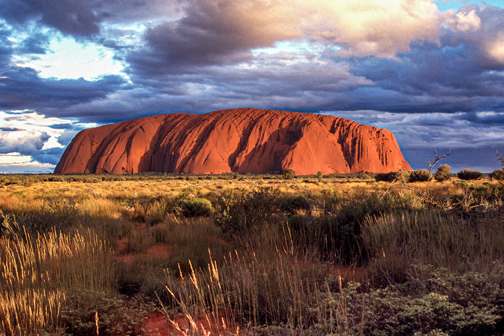
Situation consistently poor

Day: 40
Heart Camp – 20.06.2000
Jo and Tom called on the radio and said that they wouldn’t be finished with the saddle frames until Wednesday. That’s great for me, because my back is still in a bad way. The weather is still very unfriendly. It storms incessantly and you might think that the weather wants to make up for the initial rainless period.
EXPLANATION OF SATELLITE TRANSMISSION
In the evening, I switch on the radio to talk to Jo and Tom. Due to the bad weather, the connection is disrupted and Jo’s words are barely intelligible. Kneeling on the wet floor, I listen to the small loudspeaker. “No Denis, there’s no update on your website yet!” “What, that can’t be true?” I shout into the handheld microphone in horror.
In the meantime, communication with Mike in Germany has become very difficult. Jo and Tom don’t have a computer and therefore don’t have the internet. They forward all my questions by phone to Angelika and Claudia in Perth, who in turn contact Mike in Germany. Mike answers my questions and it takes a while for Jo and Tom to relay his answers to me over the HF radio in the bush. Unfortunately, we can’t communicate via e-mail because our provider is currently moving his entire company. For this reason, the update has not yet been released. Some programming on my computer needs to be changed, at least that’s how I understood the information. I am able to send e-mails to Germany, but I cannot receive any.
Excited, I sit under our rain-soaked mushroom that evening to send another update into the satellite sky. The connection seems to work, but the inbox remains empty. The seconds and minutes race by and I desperately shoot our hard-earned money into the air. I would like to explain here that every minute of transmission costs us DM 7. A small e-mail usually takes more than a minute and so DM 14 are already gone. In this case, it takes 7 minutes to send the reports about our experiences into space. Although it is wonderful to have the modern technology here in the bush, you also have to be able to finance it and that is one of the things that makes such an expedition so expensive. The most expensive part of our trip is the documentation and the associated communication. Many of our readers may think that our costs are covered by sponsors. This also applies to a large part of the equipment, but in some areas, such as communication, translation of texts and many others, we have to dig deep into our own pockets. For us, this means that our lives are also a balancing act in financial terms. I’ve often been asked recently how we publish our experiences so quickly on the Internet and in magazines. To explain this, I have to say that we have some good friends and business partners at our side. The emails go to our manager Mike Tauer, who reads them through, improves one or two things and forwards them to our translator. After translation into English, the texts are sent back to Mike, who then sends them to our friend and graphic designer Uli Knauer. Uli puts it into a passable optical form and mails everything to the provider who puts the whole thing on our website. You can imagine that this procedure with so many intermediate stages does not work from one moment to the next and this is precisely the reason why one or the other update sometimes takes a little longer. Of course we all work as fast as our strength allows, but although we do our best, longer periods of time are usually unavoidable. It’s 9 p.m. when I switch off the satellite phone and computer, depressed. The transmission worked, but unfortunately I was unable to receive a message for the reasons already described. Once again, I am tormented by the thought of whether a new technical problem might be preventing us from using satellite communication.

